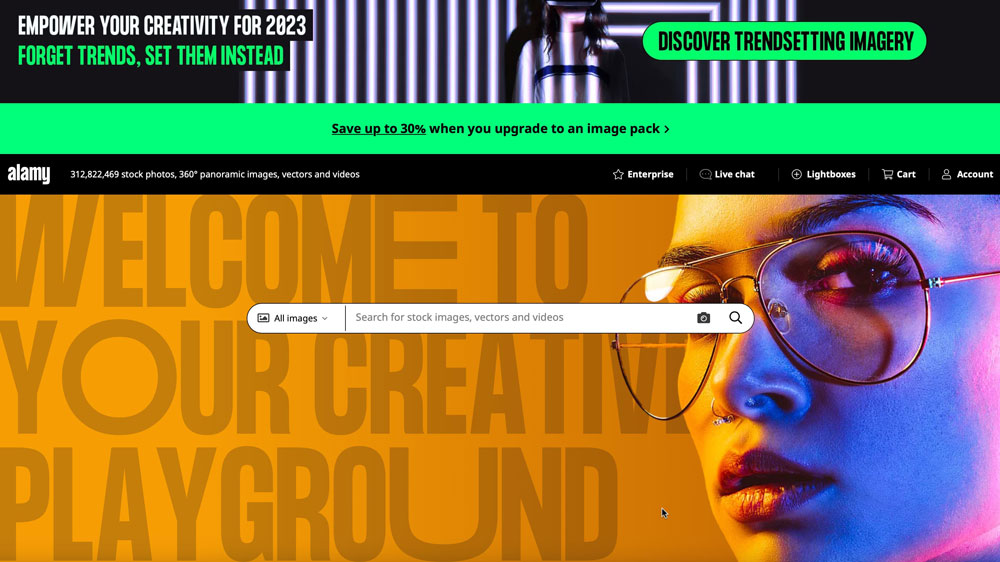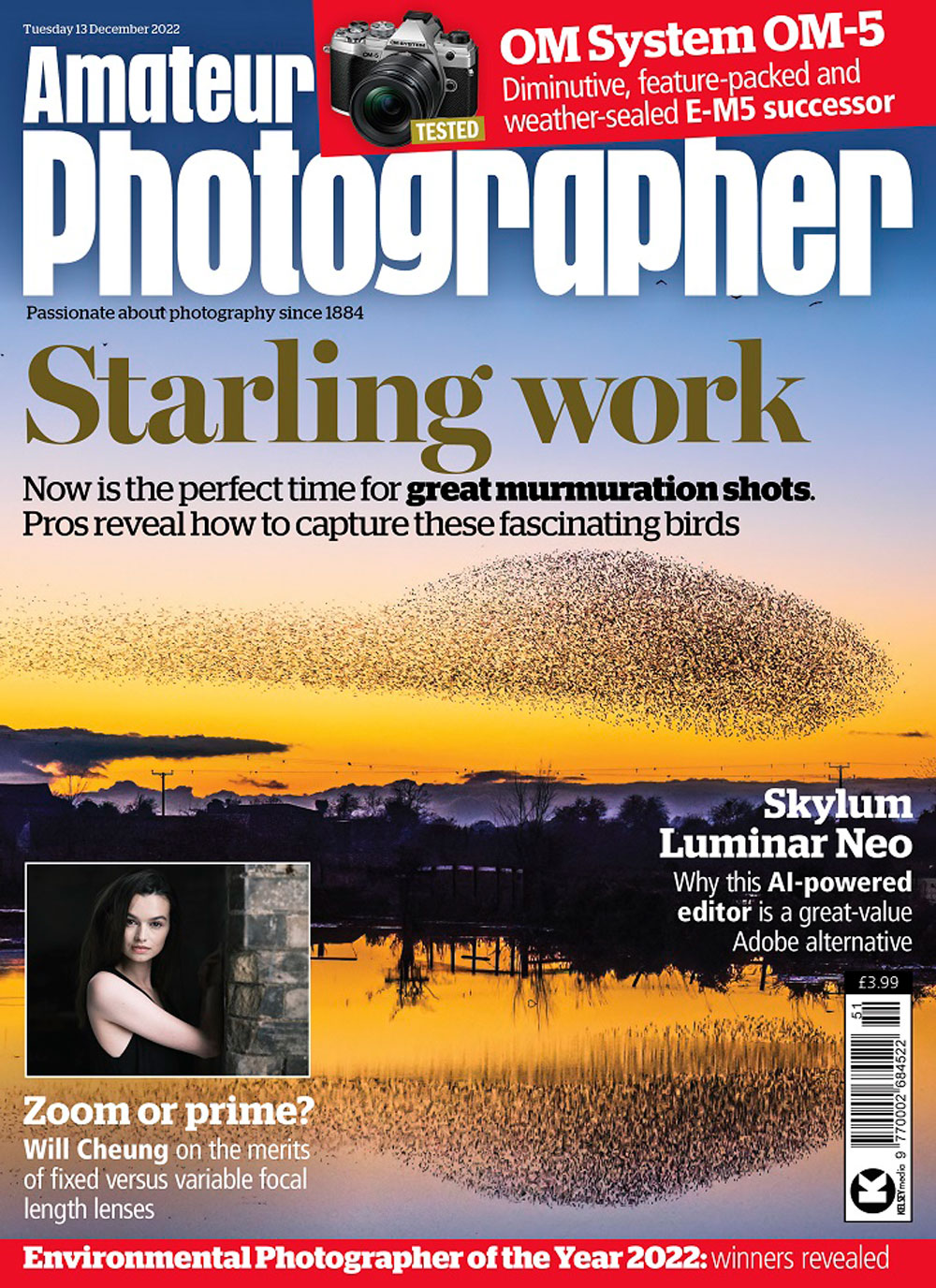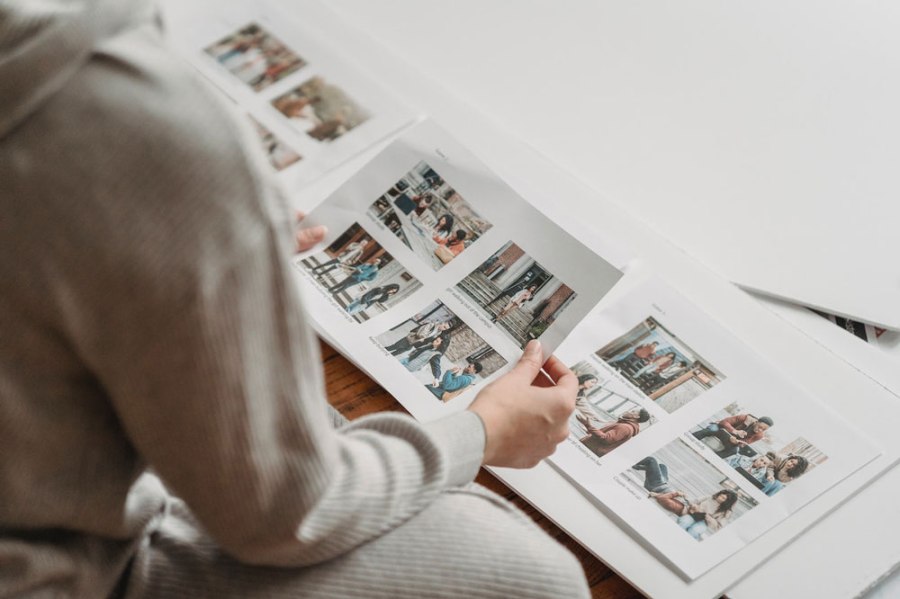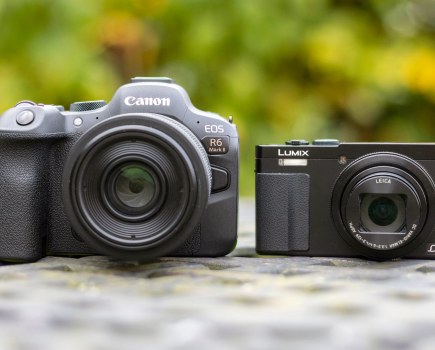Rod Lawton gives his opinion on photography and resolution. How do you decide how much resolution you need? Do you decide on where your work is displayed?
It’s a good question. Photographers always want more resolution, and more megapixels, but how much is enough? Is your photography purely for online use, do you make prints, do you submit work to magazines or ad agencies, do you use supply agencies?
The amount of resolution or megapixels, you need will vary widely according to how your work is used and displayed. You can work it out quite precisely in many cases, and it’s often a lot lower than the resolution we take for granted with today’s DSLR and mirrorless cameras.
Online publishing
If your work is displayed online, an image width of 1,920 pixels is a good starting point. That equates to a tiny 2.5 megapixels (MP), approximately, but it’s still enough to fill the average computer monitor.
Aspect ratios vary, of course. Most screens have a 16:9 ratio while most sensors are 3:2. We’re just taking the image width as the basis for these calculations.
Of course, many people these days have 4K monitors, but even filling a 4K screen only needs around a 10MP image. You won’t have a problem with the resolution of any recent DSLR or mirrorless camera, then, but there is another thing to think about – image theft. Having a full HD-size image stolen is bad enough, but a 4K image is worse still because that’s good enough for stock agencies.
How much resolution do Stock agencies require?
This surprised us, but we checked three of the biggest stock outlets – Alamy, Shutterstock and Adobe Stock – and were surprised at how low the bar was. Stock agencies are nowhere near as fussy as you might imagine, perhaps in recognition that a lot of their sales today are for online use.
Alamy is a little vague suggesting an uncompressed file size no smaller than 17MB (a TIFF file from a 6MP DSLR is 18MB), Shutterstock has a 4MP minimum and so does Adobe Stock. You’ll stand a better chance of acceptance perhaps with higher resolutions, but today’s 20MP+ cameras are way above the resolution threshold for stock agencies.
That’s good news for photographers since just about any camera is going to qualify. Of course, the technical and creative quality has to be up to par too, but resolution is not going to be an issue, and selling images to Stock agencies is often a great way to make money from photography.

Do you want to submit images to stock agencies like Alamy? The resolution bar might be a lot lower than you think. A LOT lower.
How much resolution do you need to make high-quality prints?
The convention here is to print images at 300dpi to get good photographic quality, though strictly speaking we should call it ‘ppi’, or ‘pixels per inch’, since printers use dpi values to describe dots of ink, and it takes many ink dots to form a ‘pixel’.
In any event, we can work back from these figures to find out how much resolution is needed for high-quality prints at different sizes.
Let’s start with the largest single-sheet printers like the Epson SureColor P900. It can produce borderless prints measuring 22” x 17”. At the usual recommended resolution of 300dpi (ppi), that means you’ll need a camera resolution of around 34MP. That’s the exception. The Canon PIXMA PRO-200 is an example of more standard 13” pinter (or A3 in Europe) that produces prints twice the size of A4 or the US letter size, and for its 19” x 13” prints you’ll need around 22MP. If you’re creating European A4 size prints (US letter equivalent), you’ll need no more than 12MP.

How much resolution do you need for high-quality photo prints? It depends on how big you want to go, but even this is not as simple as it seems.
These figures are approximate because sensor aspect ratios vary as do print aspect ratios. What’s clear is that you need to be producing very big prints (at some expense) to need resolution beyond 24MP.
So for most medium-large domestic prints, 24MP is probably fine. For exhibitions and art displays at larger sizes you could argue that you need more resolution – but then these exhibits are designed to be seen from across a room, not usually from a couple of feet away.

Keen to see your work in magazines like Amateur Photographer? Resolution matters, but perhaps not as much as the photograph itself.
How much resolution do I need for magazine and book publishing?
Commercial printing processes use LPI (lines per inch) rather than ppi (pixels per inch), but there is an approximate 2x equivalence here, so 150lpi can be considered equivalent to 300dpi. If you’re lucky enough to get an image used as a DPS (Double Page Spread) in a magazine then a 34MP camera might seem to be the minimum, and for a full-bleed single-page image then 24MP is more than enough.
However, the requirements are fluid. Magazines don’t publish images because they meet resolution requirements but because they are spectacular or beautiful. Plenty of magazines have run 35mm film images across a DPS and these have far lower real-world resolution.
Commercial clients
Very often resolution requirements will come from the client, and they may even have a shortlist of cameras they will accept. That’s a good reason for choosing high resolution cameras. The client is always right, even when they’re wrong!
In general, with the shift towards digital publishing and digital consumption, we’re seeing a digital reversal. We need less resolution than we used to. These days, filling a 4K screen is the equivalent user experience of making an old-school A3/13” x 19” print, except that it only needs around 8.5MP not 22MP!
Keen to see your work in magazines like Amateur Photographer? Resolution matters, but perhaps not as much as the photograph itself.
Related reading:
APS-C Vs Full-Frame – Which sensor size is best?
What is pixel binning? Smartphone technology explained
Is home printing still worth it?






